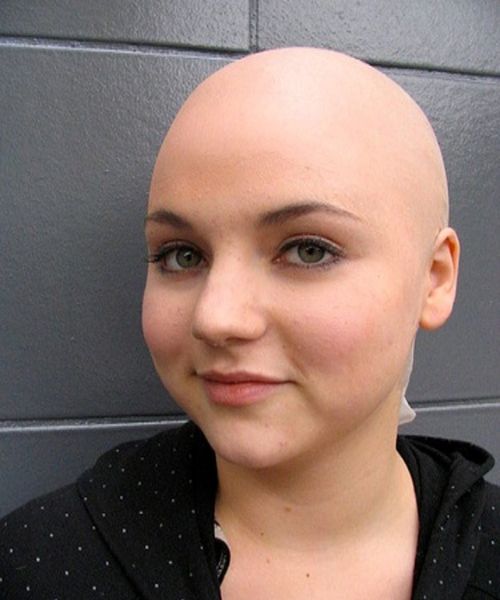

Ophiasis Alopecia is a rare type of alopecia areata, which causes hair to be lost in an arrangement that looks like bands.Īlopecia areata is an autoimmune disorder that causes patchy bald spots on the scalp.
Alopecia universalis causes professional#
If you suspect you have alopecia areata or any other type of hair loss, it's essential to consult with a healthcare professional for an accurate diagnosis and appropriate treatment recommendations tailored to your specific needs.Īlopecia Areata is a common autoimmune condition that can cause patchy hair loss and has the potential to resolve spontaneously or progress over time. Treatment options like corticosteroid injections or topical immunotherapy might be recommended in these cases.Īlopecia Totalis and Universalis: These severe forms often require more aggressive treatments such as oral corticosteroids, JAK inhibitors, or other experimental therapies currently under investigation. Persistent Patchy Alopecia Areata: Some individuals experience recurring episodes of patchy hair loss that persist for years.

In such instances, no treatment is necessary.

Mild Cases: For those with mild cases, hair may regrow on its own within a few months to a year. However, others may experience persistent patchy hair loss or develop more extensive forms like alopecia totalis (complete scalp baldness) and alopecia universalis (widespread body hair loss). In some cases, hair regrows spontaneously within months without any intervention needed. The course of alopecia areata varies from person to person. Potential for Spontaneous Resolution or Progression Some individuals with a family history of autoimmune disorders, such as rheumatoid arthritis or lupus, might be at higher risk for developing alopecia areata. It is theorized that genetics may be a contributing factor to the development of alopecia areata, although the exact cause of the autoimmune disease remains unknown. In cases of alopecia areata, the immune system mistakenly attacks healthy hair follicles, causing them to shrink and stop producing new hairs.

This type of hair loss can affect members of the same family and may resolve itself or require treatment to prevent progression into more severe forms like alopecia totalis or universalis. Alopecia AreataĪlopecia areata is an autoimmune disorder that causes small, patchy bald spots on the scalp. Gaining a better comprehension of these distinctive forms of alopecia can give you knowledge of potential treatments that may help reduce the effects it has on your life. We will explore common types such as Androgenic Alopecia (male and female pattern baldness), Scarring Alopecias (including Lichen Planopilaris), TractionĪlopecia is caused by excessive tension on hair follicles due to hairstyles or extensions, and Telogen Effluvium which results from an increased number of hairs entering the resting phase simultaneously. In this comprehensive blog post, we will delve into the intricacies of each type and provide valuable insights into their symptoms, diagnosis, treatment options, and natural remedies. Understanding the different types of alopecia is crucial for anyone experiencing hair loss or seeking to support someone going through this challenging condition.Īlopecia, a term referring to various forms of hair loss, can manifest in several ways and have diverse underlying causes.


 0 kommentar(er)
0 kommentar(er)
